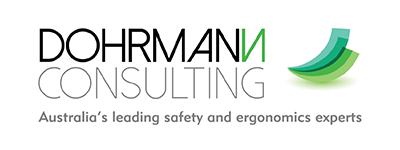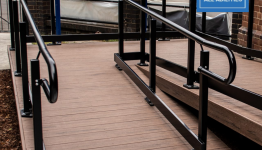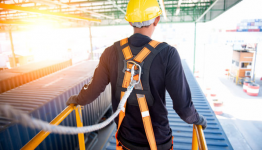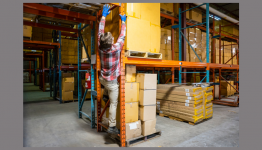10 October, 2022
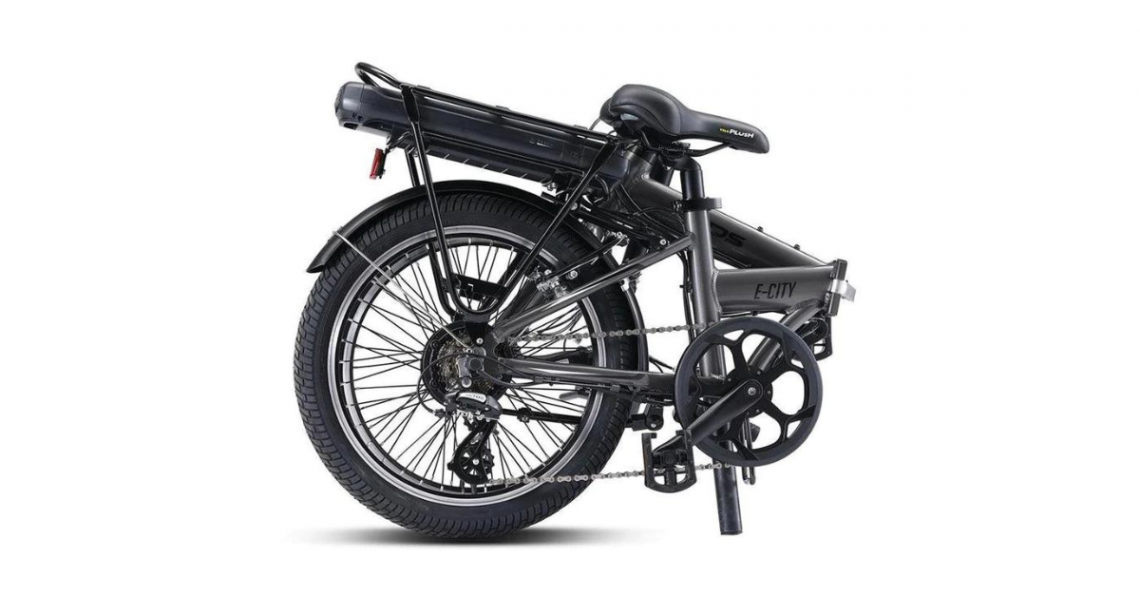
The failure of a consumer item can have severe consequences for the user. To avoid product failure and prevent injury or death due to the use of a consumer product, the product must go through a rigorous design and verification process. Human factors must be considered at every stage of the design process, from concept through detailed design, verification, manufacturer, and launch. Whether it is a bicycle, a complete motor vehicle, a chair, or a bunk bed, “designing” means bringing together and resolving a range of requirements. The human factors aspects of the design process require conceptualising a product or process for human use.
When a product fails, an investigation to determine who is liable is required to avoid the same failure occurring again and potentially preventing injury or death to future users of the product. Compensation may also be required if the product failure caused injury or loss.
The product failure is assessed from four category perspectives:
- The product
- The user
- How the product is used
- The environment in which it is used
Some products are subject to mandatory safety standards, set out by the Australian Consumer Law (ACL) which specify minimum requirements that products must meet before they are supplied. To see the products regulated by mandatory safety standards visit ACCC’s. This can make it easier to determine liability, however there are still many factors that can contribute to the safety, and use of a product.
An engineer, ergonomist and/or Human Factors expert will establish exactly what happened during a product failure by gathering as much information as possible. Interviews with a series of detailed questions aimed at the various parties involved including the designer, manufacturer, importer, and the supplier will be completed.
Questions may include, although not limited to:
- Country of origin
- Age of the product and when/where it was bought
- Copies of receipts, documentation, instructions, guarantees or warranties
- Relevant Standards and condition at the time of sale
- Materials of construction
- Any representations regarding use
- Model number (they vary)
- Stamps or markings
- Maintenance advice, and
- Maintenance occurrence and records
Additionally, to assist with the reconstruction of the event, investigation will also include questions relating to:
- Local environment – temperature, humidity, corrosive atmosphere
- Movements
- Forces
- Photographic evidence (are there photos, videos, CCTV, dashcam?).
- What material (lab) testing has been done or needs to be done? (e.g., investigating wear, corrosion, rust, fatigue, abuse, modifications, prior repairs)
- Effects of age
- Whether standards have changed since production of a product
- Whether new knowledge on usage or risks have emerged
Along with the ergonomics aspects of size, strength, handling, vision, readability, expectations, and reasonable use all require canvassing, and are then used to understand exactly what happened.
Our engineering and ergonomics consultants frequently investigate incidents of product failure to understand the cause of the failure and determine liability.
Examples of failure due to each of the four assessment categories include:
1. The product
Where the product has simply failed (broken, bent, collapsed, or split), initial assessment usually requires an engineering appraisal of the cause. Failure is often due to inadequate design. It can be due to fatigue over time or overload once, due to an exposed or unguarded area that may exist or appear intermittently. Instructions or critical safety alerts may be missing, incomplete or worn away.
Products are often recalled after a defect in design is identified – usually by one or more reported failures. A product is recalled almost everyday in Australia. Lists of such failures are always worth checking and can be found at Recalls
2. User characteristics
Good design gives careful consideration to the people who will use the product. How old are they? What is their height, their finger size and strength, their ability to comprehend information such as warnings, including language and culture barriers? How well does the product design respond to these realities?
Although it is increasingly common today for advertisers to claim a product is “user friendly” or “ergonomic”, we often encounter cases where a failure occurred because the product was nonetheless not properly matched to the user’s capabilities or limitations. For example, the weight of a product may be excessive to lift or handle, or the weight might shift during use. Will the product be used by children, is it required to be for adult use as well as children?
Consumers have access to an increasingly vast range of products, both locally and internationally sourced. This adds additional concerns where the user may have no prior experience with the product and have difficulty controlling it or understanding any inherent risks.
A person may use the product when they are tired, although the designer has assumed normal alertness at all times (example – electric planer , hand injury).
3. How the product is used
Good design incorporates all aspects of how the product will be used. The design team will anticipate what the product’s users might do, and incorporate those considerations in the design. For example, has the product been designed for being stored folded up? Sometimes, a revised or new design needs to consider how people used to use the “old” one, and to work around this if that is no longer safe.
We have investigated an incident with a cooking-oil electric heater that had a basket fitted with two handles – and a third point which looked just like a handle. When lifted there, the whole assembly fell apart, with hot oil cascading everywhere.
4. The environment in which the product is used
Again, a responsible designer should put their mind broadly to the many situations and circumstances in which their product is expected to behave safely. Has the product been designed for safe use in the rain? For being left out in the weather? For use in the dark? Some products may be used in remote places, or where power is unavailable (does a low or flat battery introduce a risk?). Important indicator lights may be difficult to read correctly in bright daylight. What about noisy surroundings, which might mask critical audible warnings or machine sounds?
Some products are subject to standards which specify robust testing cycles to ensure prolonged product integrity under repeated use, and in aggressive environments.
Identification of product liability is not a simple investigation. Product failures require investigation at several levels.
The role of the expert is to identify whether or to what extent inherent design standards have been satisfied in the product involved, and whether any identified design failure is causative of the damage, then determining who is responsible for the failure. Our experts can also provide advice on appropriate modification of the product to ensure it meets standards and future failure is prevented.
You may also be interested in the following information and resources:
